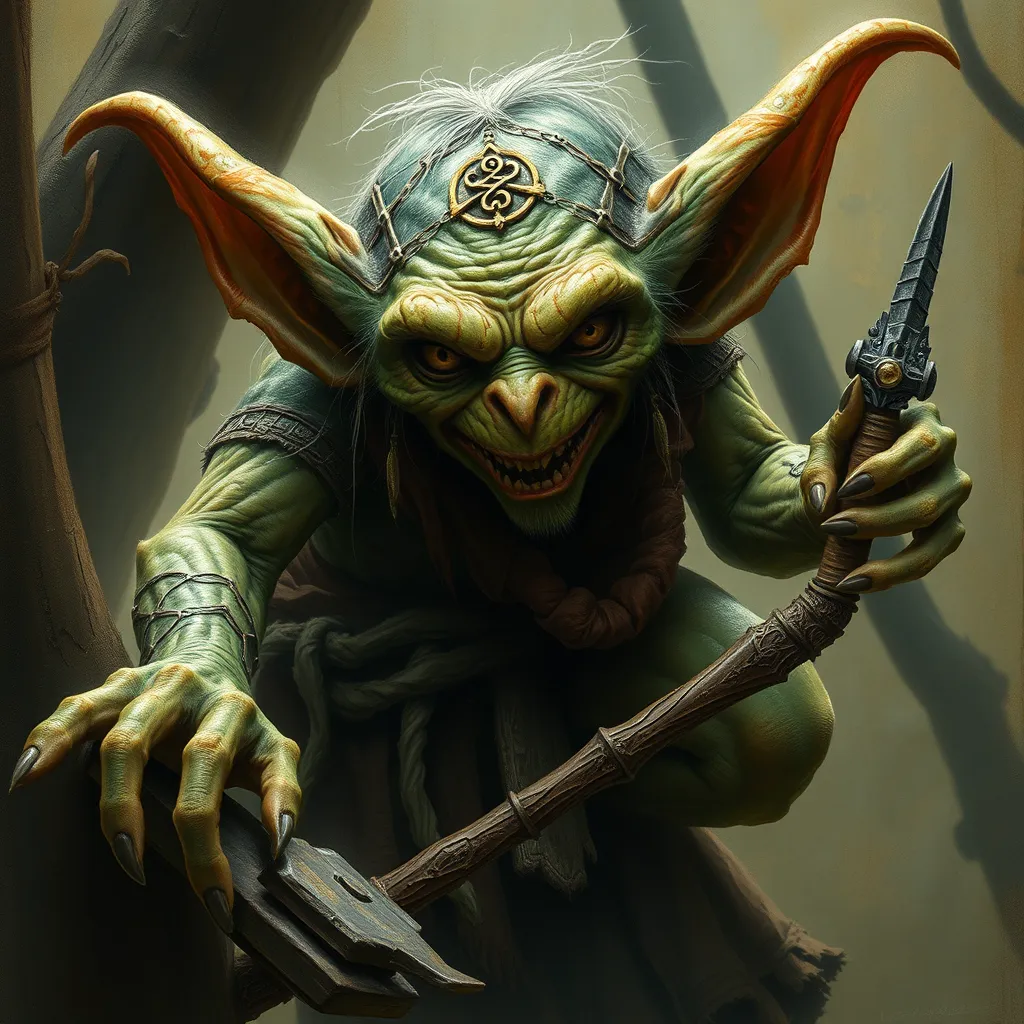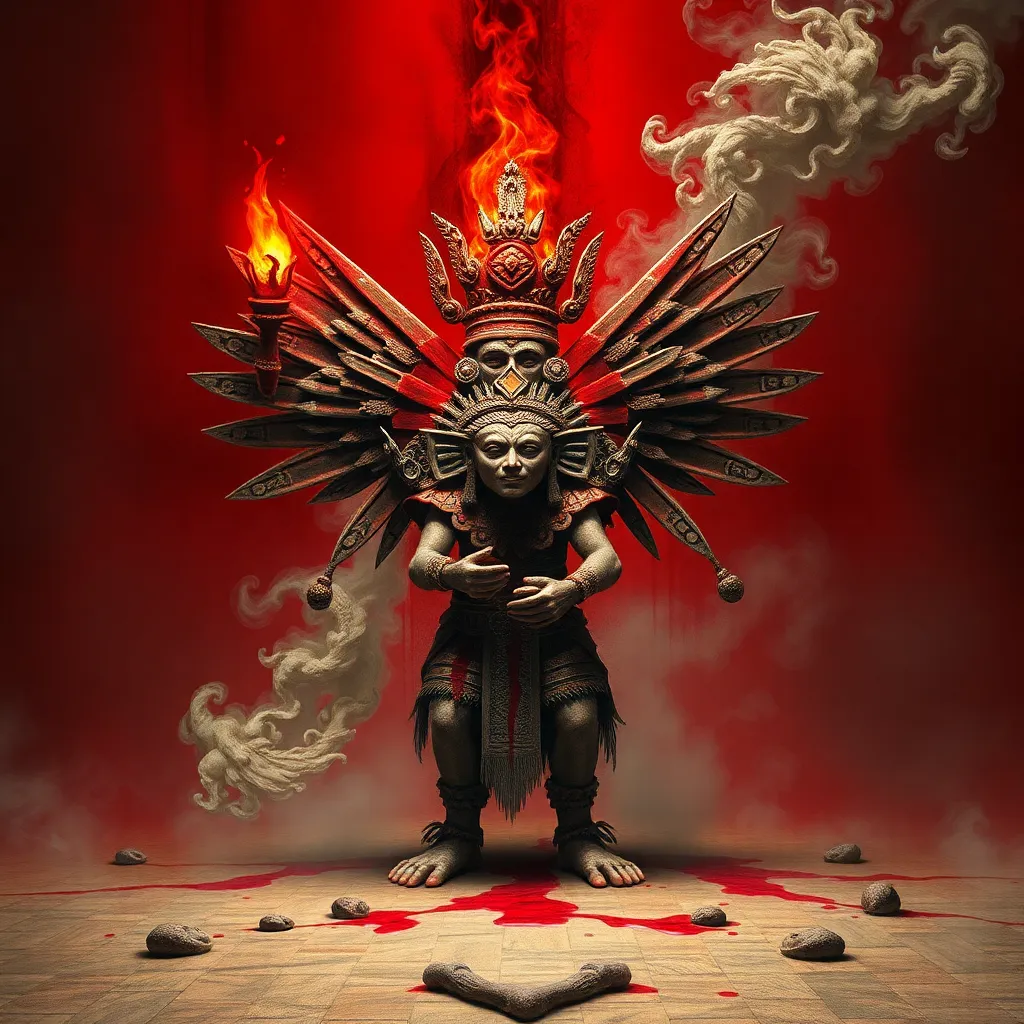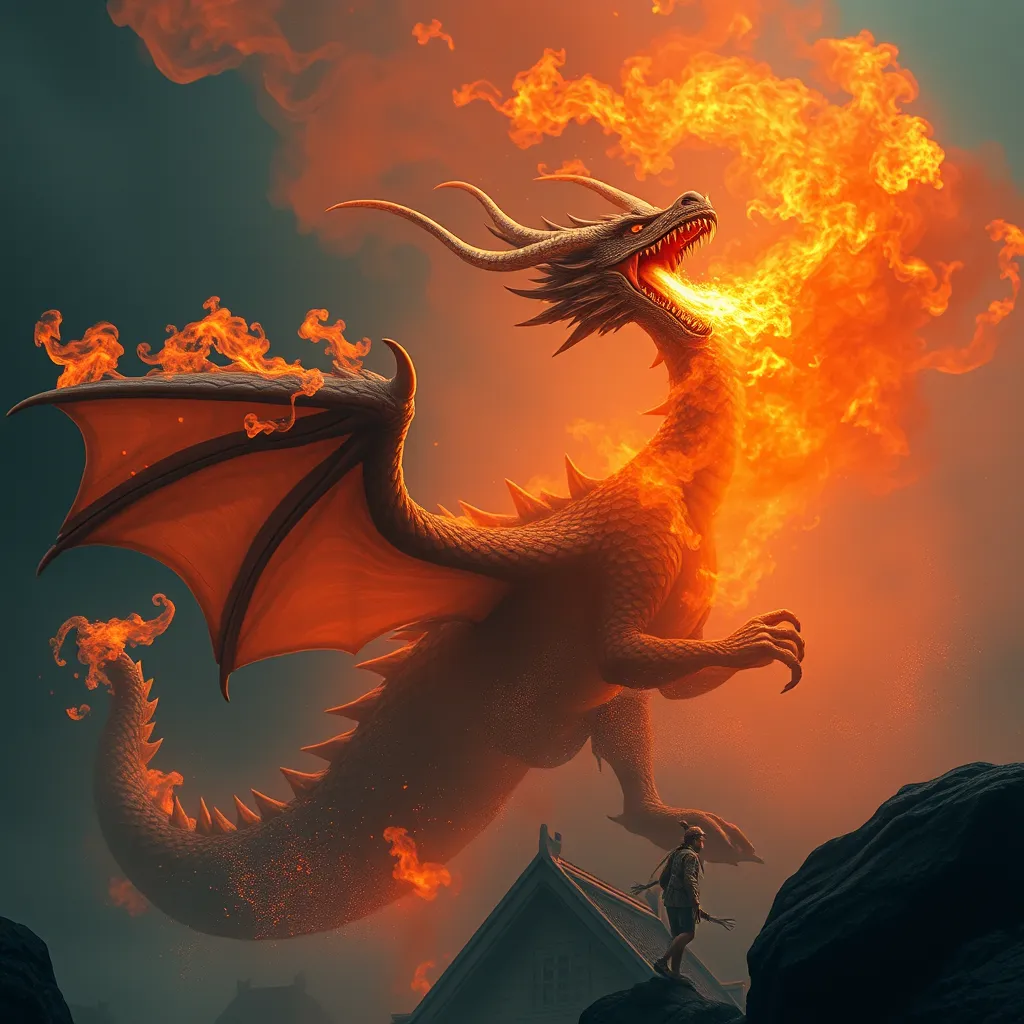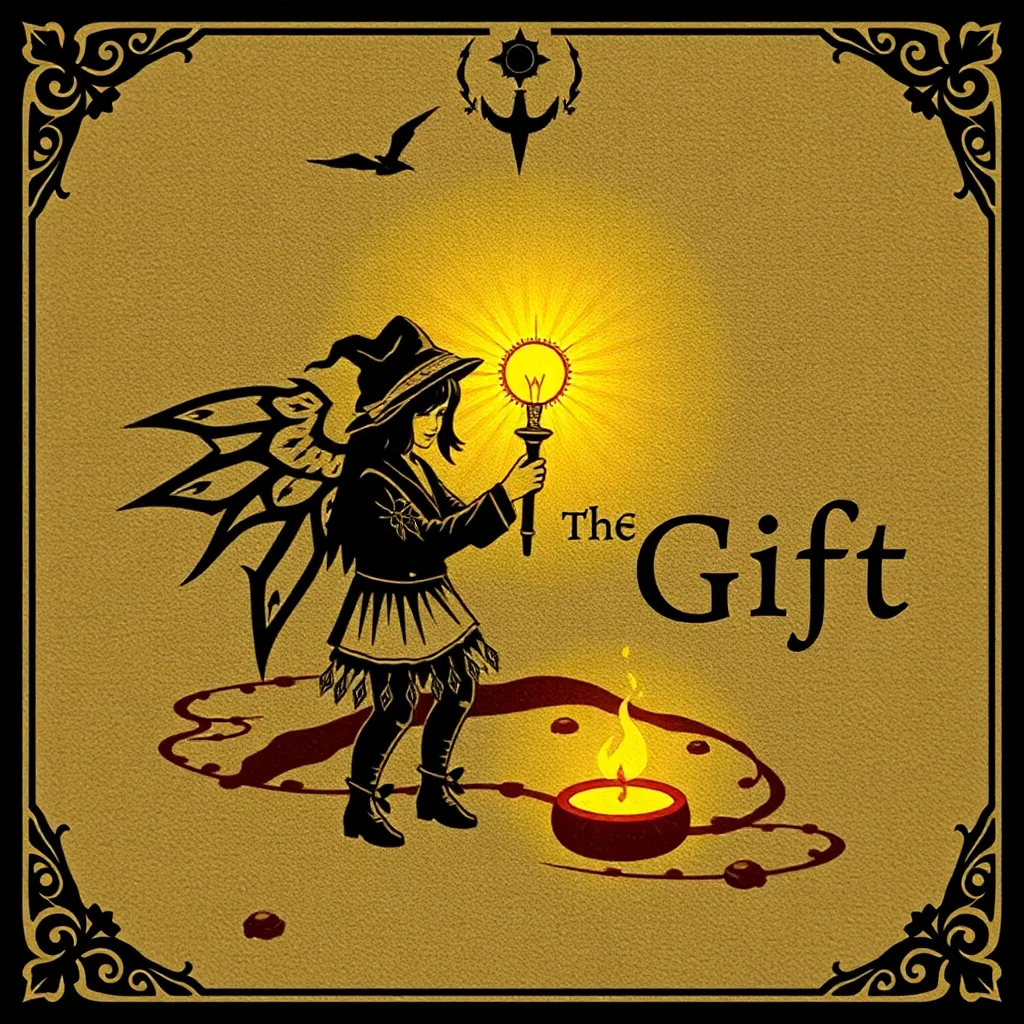Goblin Encounters in Art: Depictions of Goblins Through the Ages
I. Introduction
Goblins have long been a staple of folklore across various cultures, characterized typically as mischievous, small, and often malevolent creatures. They embody the chaotic elements of nature and human behavior, often acting as tricksters or antagonists in stories. Their physical appearance can vary widely, but they are generally depicted with pointed ears, sharp features, and a somewhat grotesque demeanor.
The cultural significance of goblins in art cannot be overstated. They serve not only as subjects of fascination but also as symbols of deeper themes such as chaos, mischief, and the darker sides of humanity. Throughout history, goblins have been depicted in various artistic forms, reflecting the values, fears, and imaginations of the societies that created them. This article aims to explore the evolution of goblin depictions, tracing their journey from early folklore to modern interpretations.
II. Historical Origins of Goblin Imagery
The imagery of goblins can be traced back to early folklore and mythological traditions. These creatures often emerged from the oral narratives of ancient cultures, where they were depicted in tales that warned of their trickery and malevolence.
In ancient civilizations such as Mesopotamia and Greece, similar creatures existed, often associated with the underworld or the supernatural. Mesopotamian demons, for example, were portrayed as malevolent spirits that could cause harm to humans. Greek mythology introduced figures like the satyrs and fauns, which shared characteristics with goblins, blending the lines between playful mischief and sinister intentions.
As societies transitioned from oral traditions to written and visual representations, goblins began to appear in illustrations and manuscripts. This shift allowed for a more permanent depiction of these creatures, solidifying their place in cultural narratives.
III. Goblins in Medieval Art
During the medieval period, goblins were often depicted in illuminated manuscripts and religious art. Their representations were frequently intertwined with moral lessons, reflecting the era’s values and beliefs.
- Depictions in Manuscripts: Goblins appeared in various illuminated texts, often as part of allegorical tales. These creatures served to illustrate the consequences of sin and the dangers of temptation.
- Role in Morality Tales: Goblins were used as cautionary figures in morality plays, representing the chaos that ensues when humans stray from the path of righteousness.
- Notable Artists: Hieronymus Bosch is a prime example of an artist who effectively incorporated goblins into his work. His paintings, such as “The Garden of Earthly Delights,” feature grotesque figures that embody sin and folly.
IV. The Renaissance and Goblin Symbolism
The Renaissance marked a significant transformation in artistic styles and techniques, influencing the portrayal of goblins in art. Artists began to embrace more naturalistic representations, yet goblins retained their symbolic roles.
In this era, goblins came to symbolize chaos and mischief, often depicted in works that explored human emotions and the complexities of life. The integration of goblins into broader mythological narratives allowed them to coexist with gods and heroes, enriching their character and significance in art.
V. Goblins in 19th Century Art
The 19th century saw a resurgence of interest in folklore and the supernatural, heavily influencing artistic representations of goblins. Literary works became a driving force behind these depictions, as stories captured the imagination of both artists and the public.
- Rise of Literary Influences: Writers like the Brothers Grimm and Lewis Carroll contributed to the fascination with goblin lore, inspiring artists to interpret these tales visually.
- Romanticism: The Romantic movement emphasized emotion and the sublime, leading to a renewed interest in the supernatural. Goblins were depicted as embodiments of nature’s chaotic forces, reflecting human fears and desires.
- Key Artists: The Pre-Raphaelite Brotherhood, known for their attention to detail and vivid colors, often incorporated goblins into their works, portraying them in ways that highlighted their mystical and enchanting qualities.
VI. Modern Interpretations of Goblins
In contemporary art, goblins have undergone a transformation influenced by popular culture and media. Their portrayal has diversified, reflecting changes in societal attitudes and artistic expression.
- Influence of Popular Culture: Movies, books, and video games have played a significant role in shaping modern depictions of goblins. They are often portrayed as either comical or fearsome, appealing to a wide range of audiences.
- Contemporary Artists: Modern artists explore goblins through various mediums, including digital art, painting, and sculpture. Their interpretations often challenge traditional representations, offering new perspectives on these mythical creatures.
- Goblins in Media: Films such as “Labyrinth” and video games like “The Elder Scrolls” series have popularized goblin characters, showcasing their versatility as both heroes and villains.
VII. Cultural Context and Variations
Goblins are not confined to a single culture; they appear in various forms around the world. Each culture’s depiction reflects its unique folklore and societal values.
- Global Variations: In addition to Western goblins, cultures around the world have their versions, such as the Japanese “yōkai” and the Filipino “duwende,” each with distinct characteristics and stories.
- Comparative Analysis: Western depictions of goblins often emphasize their mischievous nature, while Eastern representations might focus more on their spiritual or supernatural aspects.
- Local Folklore Impact: The local folklore heavily influences how goblins are represented in art, with regional stories enhancing the complexity of their characterizations.
VIII. Conclusion
The evolution of goblin imagery in art reflects a rich tapestry of cultural beliefs, societal values, and artistic innovation. From their origins in folklore to their modern interpretations, goblins continue to captivate the imagination of artists and audiences alike.
As symbols of chaos and mischief, goblins remind us of the complexities of human nature and the darker aspects of existence. Their enduring allure in creative expression suggests that they will continue to inspire artists for generations to come.
Looking forward, the future of goblin-themed art and scholarship is promising, with potential for new narratives and interpretations that explore the depths of these fascinating creatures in a rapidly changing world.




